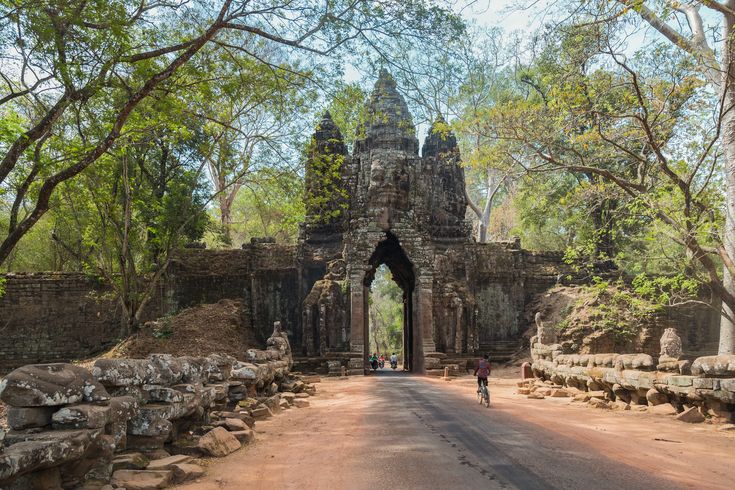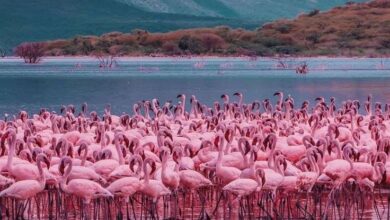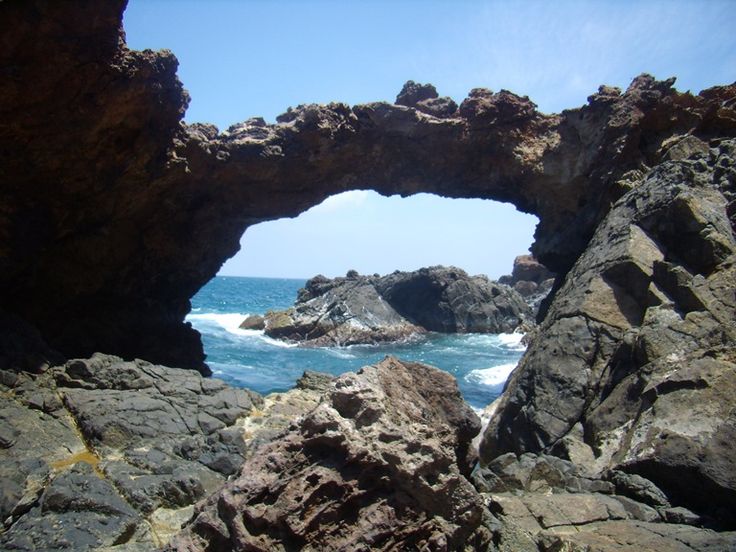A Trip to Bhutan

Exploring the Kingdom of Happiness
A visit to Bhutan is an experience unlike any other. Nestled in the eastern Himalayas, this tiny kingdom is known for its stunning landscapes, deep spiritual traditions, and a way of life that focuses on happiness over material wealth. Travel to Bhutan offers an opportunity to disconnect from the hustle of modern life and immerse yourself in a world where nature, culture, and spirituality are revered. However, one of the unique aspects of Bhutan is that it can be a little difficult to visit all its tourist spots. The country’s rugged terrain, protected cultural sites, and limited infrastructure make it necessary to plan carefully when visiting. Still, the challenges only add to the charm, making a trip to Bhutan an adventure worth embarking on.
Ta Dzong: A Fortress of Bhutanese History and Culture
One of the best places to visit in Bhutan is Ta Dzong, a former watchtower turned museum located in Paro. Its architectural design reflects the traditional Bhutanese style, with towering stone walls, wooden eaves, and intricate carvings. Originally built in the 17th century, Ta Dzong was designed to protect the Paro Dzong from potential invasions. Today, it stands as a museum that offers visitors a glimpse into Bhutan’s rich history.
The building itself is beautiful, with sweeping views of the surrounding Paro Valley. The museum houses Bhutanese paintings, statues, weapons, and other artifacts that highlight the country’s spiritual and military history. As you wander through the exhibits, you will feel a sense of connection to the ancient traditions of Bhutan. The combination of the architecture, history, and scenic views make Ta Dzong a must-see on your visit to Bhutan.

Paro Town
Paro town is a charming destination in itself. With its traditional Bhutanese architecture, winding streets, and vibrant markets, Paro offers a peaceful and authentic experience. The town is steeped in history, and its welcoming atmosphere makes it one of the best places to visit in Bhutan. If you’re visiting during the archery season, don’t miss the opportunity to witness an archery match. Archery is Bhutan’s national sport, and watching a match is a great way to immerse yourself in the local culture. The energy and enthusiasm during the competitions are infectious, and it’s an experience that will stay with you long after your visit.

Kyichu Lhakhang
Lhakhang is one of the oldest and most revered temples in Bhutan. This sacred site, believed to have been built in the 7th century, is an important pilgrimage spot. Visitors often feel a sense of peace and tranquility as they enter the temple grounds, surrounded by its beautifully manicured gardens and the spiritual atmosphere.

Paro Dzong
Finally, stands as a magnificent example of Bhutanese architecture. Located on the edge of the Paro River, the dzong is an imposing structure that houses government offices and a monastic body. The dzong’s grandeur and its beautiful courtyard, along with the golden gate, will leave you awe-struck.

Discovering Thimphu: The Capital of Bhutan
A trip to Bhutan wouldn’t be complete without exploring the capital, Thimphu. As the largest city in Bhutan, Thimphu seamlessly blends modernity with tradition. The city is home to some of Bhutan’s most famous landmarks, including Tashichho Dzong and Cheri Monastery.
Tashichho Dzong is a striking fortress-monastery that sits majestically on the banks of the Wang Chu River. Its sweeping courtyards and towering walls are a testament to Bhutan’s architectural genius. The golden roofs of the dzong gleam in the sunlight, creating a breathtaking sight, while the rich history tied to this fortress makes it a must-visit. The Dzong also houses the office of the King, making it one of the most important cultural and administrative sites in Bhutan.
Cheri Monastery, perched on the mountain ridge, offers spiritual solace to visitors. The hike to this sacred site is challenging but rewarding, offering magnificent views of the surrounding valley and the opportunity to witness the peaceful lifestyle of the monks. The monastery’s rich history and the spiritual aura it exudes make it a highlight of any Bhutan visit.

Gangtey Valley: Nature, Wildlife, and Serenity
One of the most serene places to visit in Bhutan is Gangtey Valley. This peaceful valley is home to several must-see attractions, including Dochula Pass, Drukwangyel, Gangtey Monastery, and Kwewa Village Nature Trail. The weather here is cool and fresh, and the natural beauty of the landscape, combined with the calm atmosphere, offers visitors a sense of relaxation and tranquility.

Dochula Pass offers sweeping views of the Himalayas, and the Drukwangyel stupa at the pass is an important historical site. The stupa is a beautiful blend of Bhutanese architecture and tradition, and it offers a peaceful place to pause and reflect. The cool mountain air and the spectacular views make Dochula Pass a fantastic spot for nature lovers and photographers alike.
Gangtey Monastery, also known as Phobjikha Monastery, is an iconic site in the valley. The monastery’s peaceful setting, combined with its cultural and spiritual significance, makes it a must-see on your trip to Bhutan. The beautiful architecture and the surrounding forests make this monastery an exceptional place to visit.
The Kwewa Village Nature Trail is perfect for those who love hiking and nature walks. The trail takes you through lush forests and charming villages, offering a glimpse into the daily life of Bhutan’s rural communities. The trail’s serenity and beauty offer visitors a peaceful retreat from the world.

The Black Necked Crane Center in Phobjikha Valley is dedicated to the conservation of the endangered black-necked crane. The center provides education about the species and offers an opportunity to see these majestic birds up close. The center is located in the heart of Phobjikha, a valley known for its beautiful natural scenery and tranquil environment.
Exploring Punakha & Wangdue
Punakha and Wangdue are two of the most scenic regions in Bhutan, and they offer some of the country’s most iconic attractions. Punakha Dzong, often referred to as the “Palace of Great Happiness,” is located at the confluence of two rivers. The dzong’s stunning architecture, including its grand courtyard and golden gate, makes it a significant landmark. The views from the dzong are breathtaking, with the rivers and mountains surrounding it.
Chimi Lhakhang is another interesting stop on your trip to Bhutan. Known as the “Fertility Temple,” Chimi Lhakhang is dedicated to Lama Drukpa Kunley, also known as the “Divine Madman.” This temple is famous for its unusual association with fertility. Couples hoping to conceive visit the temple to receive blessings and to touch the wooden phalluses displayed around the site. The temple’s quirky reputation adds to its charm, making it one of the most memorable stops for visitors.
The Pho Chu River Bridge is another important landmark in the Punakha region. This bridge offers spectacular views of the surrounding mountains and rivers, making it a great spot for photography. The structure of the bridge itself, built using traditional Bhutanese architecture, is impressive and adds to the scenic beauty of the area.
For a more adventurous experience, the Khamsum Yulley Namgyal Chorten hike is a must-do. This chorten, located on a hilltop, is one of Bhutan’s most beautiful religious sites. The hike to the chorten is an exhilarating journey, offering incredible views of the Punakha Valley and surrounding mountains. The chorten itself is adorned with intricate murals and carvings, making it a peaceful and spiritual destination.

Unique Experiences: Tiger’s Nest, Hot Stone Bath & More
Some of the most unique experiences you can have on your trip to Bhutan include hiking to Tiger’s Nest Monastery and indulging in a traditional Hot Stone Bath.
Tiger’s Nest Monastery, also known as Paro Taktsang, is one of the most iconic landmarks in Bhutan. Perched on the side of a cliff, this monastery is as much about the journey as it is about the destination. The hike to the monastery is challenging, but the views along the way are nothing short of breathtaking. Once at the monastery, the sense of accomplishment and the spiritual energy you feel make it a truly unforgettable experience.
After your hike, you can relax with a traditional Hot Stone Bath, a centuries-old Bhutanese practice. This bath uses heated stones placed in water to create a soothing, therapeutic experience. It’s an excellent way to unwind and soak in the natural beauty of Bhutan’s landscapes.
Finally, Dzongdrakha Monastery is another peaceful site that offers a unique experience. Nestled in the hills, the monastery is less crowded, providing a more intimate and reflective experience. The tranquility of the location, combined with its spiritual significance, makes Dzongdrakha a wonderful destination for those seeking a quiet retreat.
Conclusion: How to Visit Bhutan
When planning your visit to Bhutan, keep in mind that the country has a unique approach to tourism. Bhutan operates on a policy of high-value, low-impact tourism, which means that there are specific guidelines for visitors. The country’s tourism board ensures that visitors respect Bhutanese culture and traditions while enjoying its natural beauty. Travel to Bhutan requires a visa, and it is best to book your trip through a licensed Bhutanese tour operator who will help guide you through the visa process.
Bhutan is undoubtedly one of the most beautiful and unique destinations in the world. Whether you are exploring monasteries, hiking through lush valleys, or simply enjoying the peaceful atmosphere, a trip to Bhutan will leave you with memories to cherish for a lifetime.













